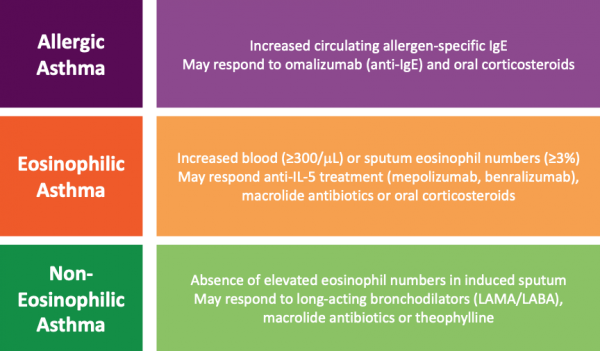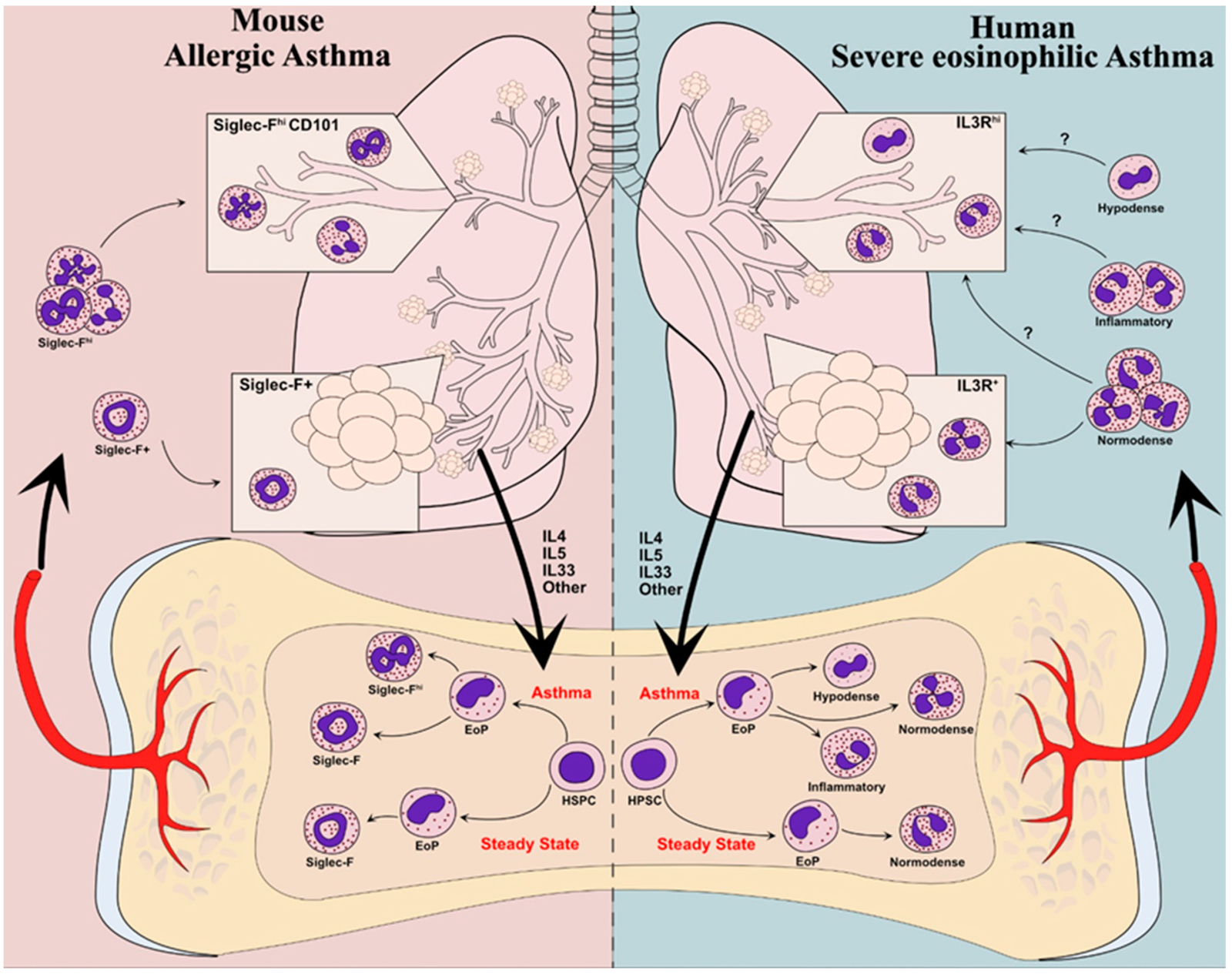Asthma is a common chronic respiratory condition that affects millions of people worldwide, causing difficulty in breathing, wheezing, and chest tightness. It is primarily characterized by airway inflammation and bronchoconstriction. However, within the category of asthma, there exists a subtype known as eosinophilic asthma, which has its own distinct features and treatment considerations.
Understanding Asthma
Asthma is a chronic inflammatory disease of the airways characterized by symptoms such as coughing, wheezing, shortness of breath, and chest tightness. The symptoms can vary in severity, with some individuals experiencing occasional, mild symptoms, while others may have severe, persistent asthma that significantly impacts their quality of life. The main underlying factor in asthma is the inflammation of the airways, which leads to increased sensitivity and narrowing of the air passages, making breathing difficult.

Credit: www.severeasthma.org.au
Understanding Eosinophilic Asthma
Eosinophilic asthma is a specific type of asthma characterized by high levels of a type of white blood cell called eosinophils. Eosinophils are a crucial part of the body’s immune system and are involved in allergic responses and asthma exacerbations. In eosinophilic asthma, there is an increased presence of eosinophils in the airways, leading to more severe and persistent asthma symptoms.
The Key Differences
| Feature | Asthma | Eosinophilic Asthma |
|---|---|---|
| Main Characteristic | Airway inflammation and bronchoconstriction | High levels of eosinophils in the airways |
| Severity of Symptoms | Varies in severity | More severe and persistent |
| Treatment Approach | Standard asthma management | May require targeted therapies |
| Response to Medications | Varied response | May respond better to specific medications targeting eosinophils |
While both types of asthma share common symptoms such as coughing, wheezing, and shortness of breath, the underlying mechanisms and treatment approaches differ significantly between the two. Understanding these differences is crucial for accurate diagnosis and effective management of asthma and eosinophilic asthma.
Management and Treatment
The management of asthma, including eosinophilic asthma, involves a combination of preventive measures and medications to control symptoms and reduce inflammation. For individuals with eosinophilic asthma, targeted therapies that specifically address the high eosinophil levels in the airways may be necessary to effectively manage the condition and minimize exacerbations.

Credit: eosasthma.org
Frequently Asked Questions Of What Is The Difference Between Asthma And Eosinophilic Asthma?
What Is Asthma And Eosinophilic Asthma?
Asthma is a chronic respiratory condition characterized by inflammation and narrowing of the airways. Eosinophilic asthma is a subtype of asthma where high levels of eosinophils, a type of white blood cell, are present in the airways.
How Does Asthma Differ From Eosinophilic Asthma?
While both asthma and eosinophilic asthma involve airway inflammation and narrowing, eosinophilic asthma specifically involves the presence of eosinophils in the airways, which can contribute to more severe symptoms and a higher risk of asthma attacks.
What Are The Symptoms Of Asthma?
Common symptoms of asthma include wheezing, shortness of breath, chest tightness, and coughing. These symptoms can vary in intensity and frequency, and may be triggered by certain factors such as allergens, exercise, or respiratory infections.
Are The Symptoms Of Eosinophilic Asthma Different?
The symptoms of eosinophilic asthma are similar to those of asthma in general. However, eosinophilic asthma may be characterized by more severe and persistent symptoms, and is often associated with poorer control of asthma symptoms despite standard treatment.
Conclusion
While asthma and eosinophilic asthma share many similarities in terms of symptoms, it is essential to recognize the distinct features of eosinophilic asthma, particularly the role of eosinophils in driving more severe and persistent asthma symptoms. By understanding these differences, healthcare professionals can tailor treatment plans to address the specific needs of individuals with eosinophilic asthma, ultimately improving their quality of life and reducing the burden of the condition.
Rakib Sarwar is a Registered Pharmacist and a reputed health and wellness blogger. He has a great interest in Air purifiers.
